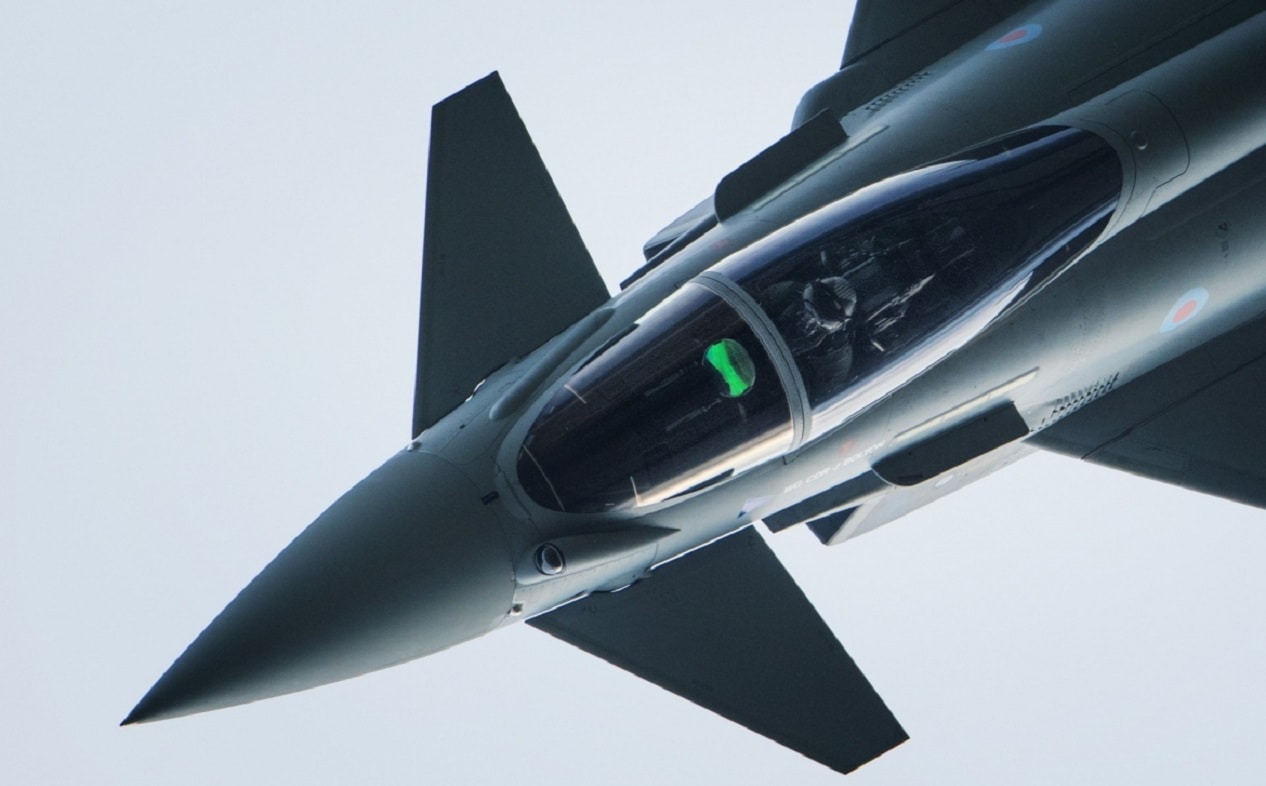Summary and Key Points: Turkey’s decision to acquire 40 Eurofighter Typhoon jets underscores the enduring appeal of the multi-national European fighter program.
-Originally designed during the Cold War to counter advanced Soviet threats, the Typhoon combines modern avionics, innovative engine technologies, and robust maneuverability.
-Despite post-Cold War skepticism, the Eurofighter secured international sales to Saudi Arabia, Kuwait, Austria, Oman, and Qatar.
Is Eurofighter Typhoon Still Relevant? Turkey’s Big Purchase Says Yes
Its advanced EJ200 engine, employing a unique thrust vectoring design to increase efficiency and engine lifespan, has further strengthened its market position. Turkey’s recent commitment, following its exclusion from the F-35 program, highlights the Typhoon’s lasting relevance and export potential.
The news that Turkey now plans to acquire 40 of the four-nation consortium Eurofighter Typhoon fighter jet is a sign, said one NATO-nation intelligence officer, “There is still life left in this program.”
Eurofighter is a design that began back in the 1980s and entered production only in the early 2000s. But it is still chalking up sales, which is no small testament to the longevity built into the original concept for the aircraft.
The program began with the idea that another multinational European program, the Panavia Tornado, would be the template for this new effort. It was designed to be an air superiority fighter to replace an entire raft of previous-generation models—like older American-made F-4s—still in service with European nations at the time.
The three partner nations of the Tornado program were the UK, Germany, and Italy. With the Eurofighter, the same three nations were also engaged in the program’s design, but now with the addition of a fourth partner, Spain.
The initial concept was to use the program management structure for the Tornado as a template and then “build out” the effort to bring in the fourth partner nation for the Eurofighter.
How Eurofighter Typhoon Was Born: The Soviet Threat
Eurofighter Typhoon, in some respects, was perfectly conceived: four nations pooling their aerospace and industrial might to produce an aircraft that could challenge anything the then-Soviet Union’s defense sector could produce and field during the Cold War dynamic of the East-West divide.
Military intelligence officials of European NATO nations who were involved in the conceptual design phase of the aircraft said in the 1990s, “We were not trying to develop an aircraft that would be an analog to the US F-22 program that would be used all over the world. Our goal initially was to have an aircraft that could challenge the next-generation Soviet fighter design concepts.”
That fighter concept that they were talking about was what later became known as the Mikoyan MFI, “MFI” being an acronym for “Multirole Fighter.” It was sometimes referred to within intelligence community circles by its design bureau prototype designator of “Project 1.42.”
The Russian aircraft ultimately did not fly until late 1999 and never went into production.
The cancellation was due to the collapse of the economy in the post-Soviet Union, and the mission for the aircraft had changed markedly during the years it was in development.
Customers and Innovation
With the fall of the USSR and the Soviet threat essentially non-existent, the Eurofighter’s future was threatened by NATO governments, who concluded that there was no longer a need to build a new-generation fighter aircraft.
That assessment prompted the program partner nations to look for suitable export customers in order to replace orders that European governments could cancel, convinced that “Russia will never rise again.”
Eurofighter Typhoon export sales have been concluded in the years since with Austria, Kuwait, Oman, Qatar, and Saudi Arabia. But, with the UK being one of the major partners in the program and given its long-running counter-trade relationship with Saudi Arabia, allegations of improprieties soon surfaced over these contracts with the desert kingdom.
Individuals involved in the UK-Saudi negotiations became involved in investigations over the terms of these arrangements.
“You can understand the situation the Brits are in,” said a US industry analyst at the time. “Ever since the 1980s BAE Systems has been heavily dependent on this set-up with the Saudis—where oil is traded for weapons and all the various side deals that are made in the process. It is impossible for them to exit this business because too many people’s livelihoods depend on it.”
On the positive side, the aircraft has produced some rather impressive innovations. One of the more notable has been the engine. The most impressive of these hae been the use of what the EJ200 engine’s developers call the “Balance-Beam Effect for Lower Actuator Loads.”
In this proposed modification, the EJ200 thrust vectoring nozzle uses a “partial balance-beam effect” to reduce the load on the engine. In this way the EJ200 “utilizes gas stream energy to move the nozzle, reducing the work required from the actuators.”
In plain English, this means that the thrust vectoring of the engine is used not to make aerobatic displays, as was seen in the 1990s, on Russian aircraft, but is employed to run the engine cooler in normal flight maneuvers, which can extend the engine service life.
The Turkish sale proves that even in the 21st century when the US F-35 seems to be the fighter du jour, there are still nations interested in the Eurofighter and the innovations it has to offer to its users.
Turkey, which has been expelled from the F-35 program, may end up being one of several nations that have placed their bets on this European program instead.
European Fighter Jets: A Photo Essay (Beyond on the Eurofighter Typhoon
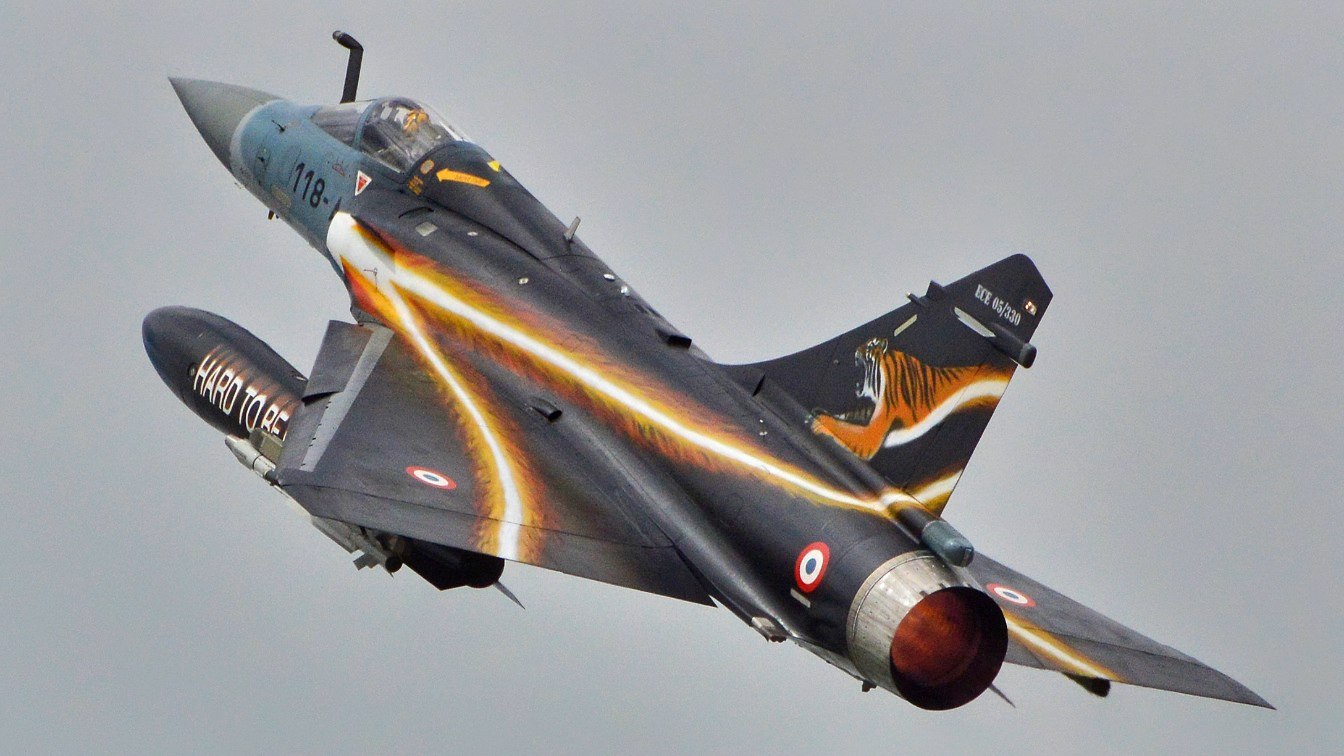
Dassault Mirage 2000-5. Image Credit: Creative Commons.
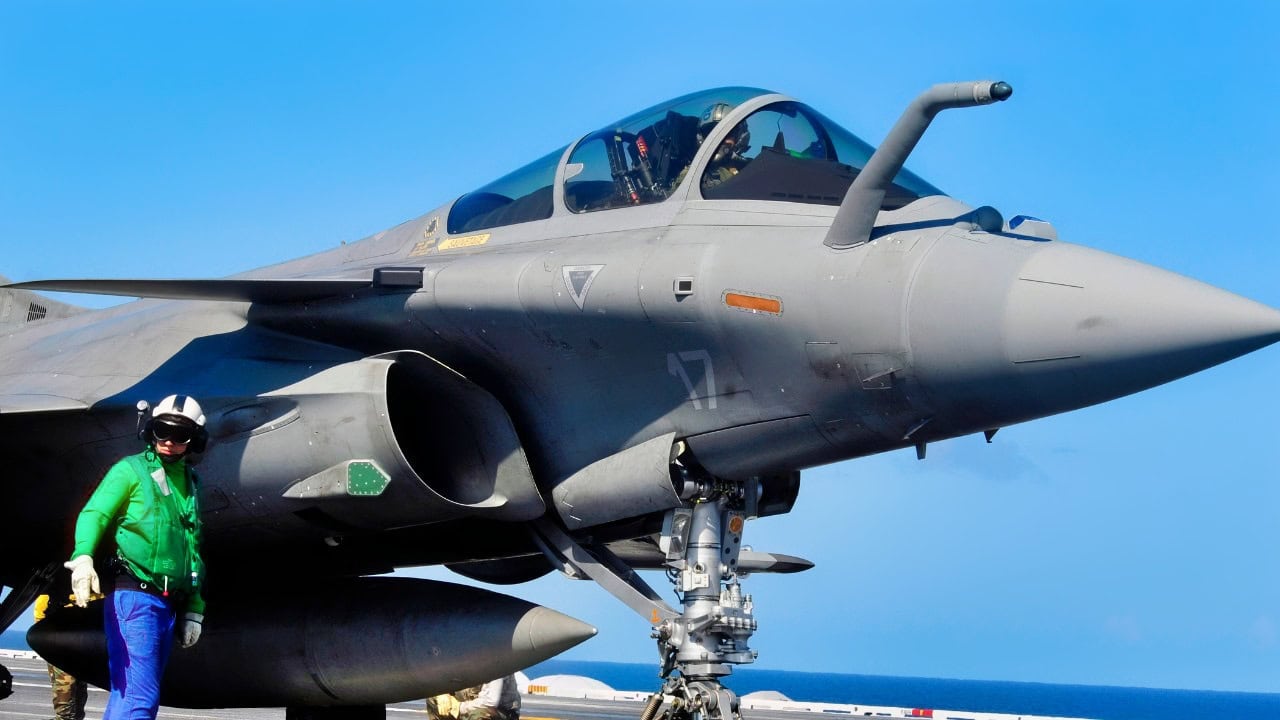
ATLANTIC OCEAN (July 19, 2008) A French F-2 Rafale fighter prepares to launch during combined French and American carrier qualifications aboard the aircraft carrier USS Theodore Roosevelt (CVN 71). This event marks the first integrated U.S. and French carrier qualifications aboard a U.S. aircraft carrier. The Theodore Roosevelt Carrier Strike Group is participating in Joint Task Force Exercise “Operation Brimstone” off the Atlantic coast until the end of July. (U.S. Navy photo by Mass Communication Specialist 3rd Class Christopher Hall/Released)
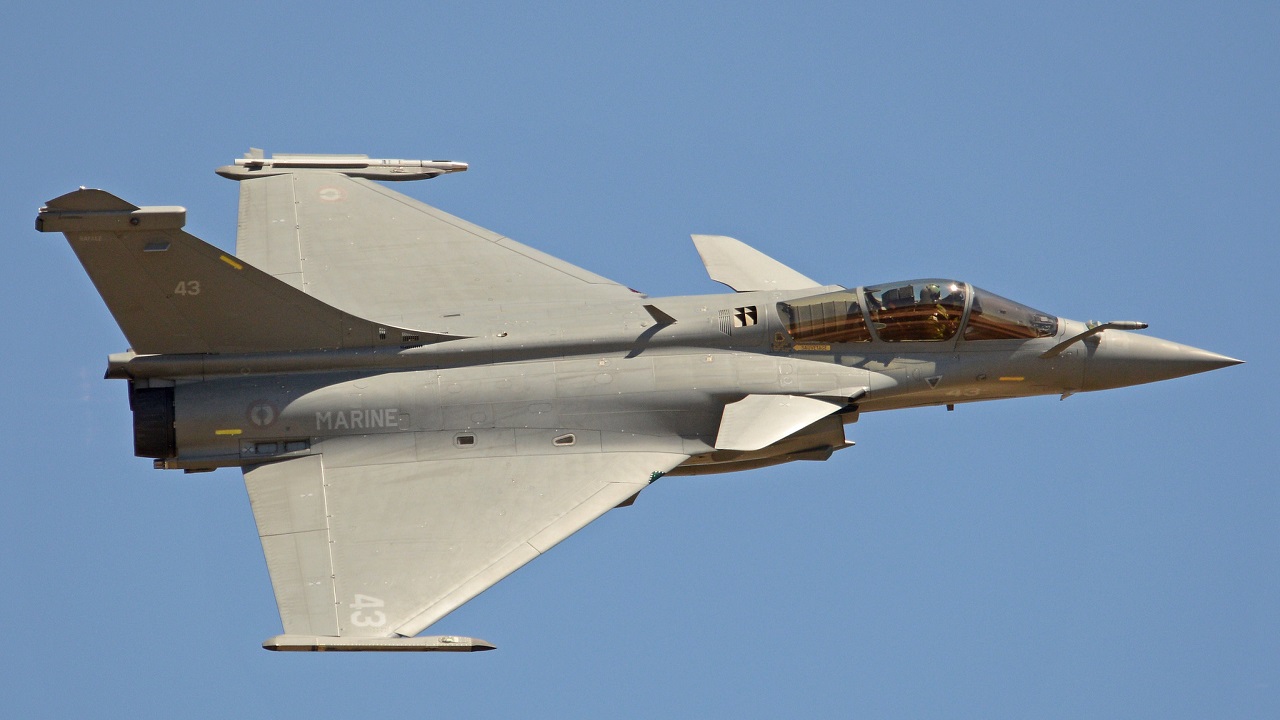
Operated by Flottille 12F, Aeronavale, based at Landivisiau.
Seen during a practice display routine at Zaragoza Air Base, Spain, during the 2016 NATO Tiger Meet (NTM).
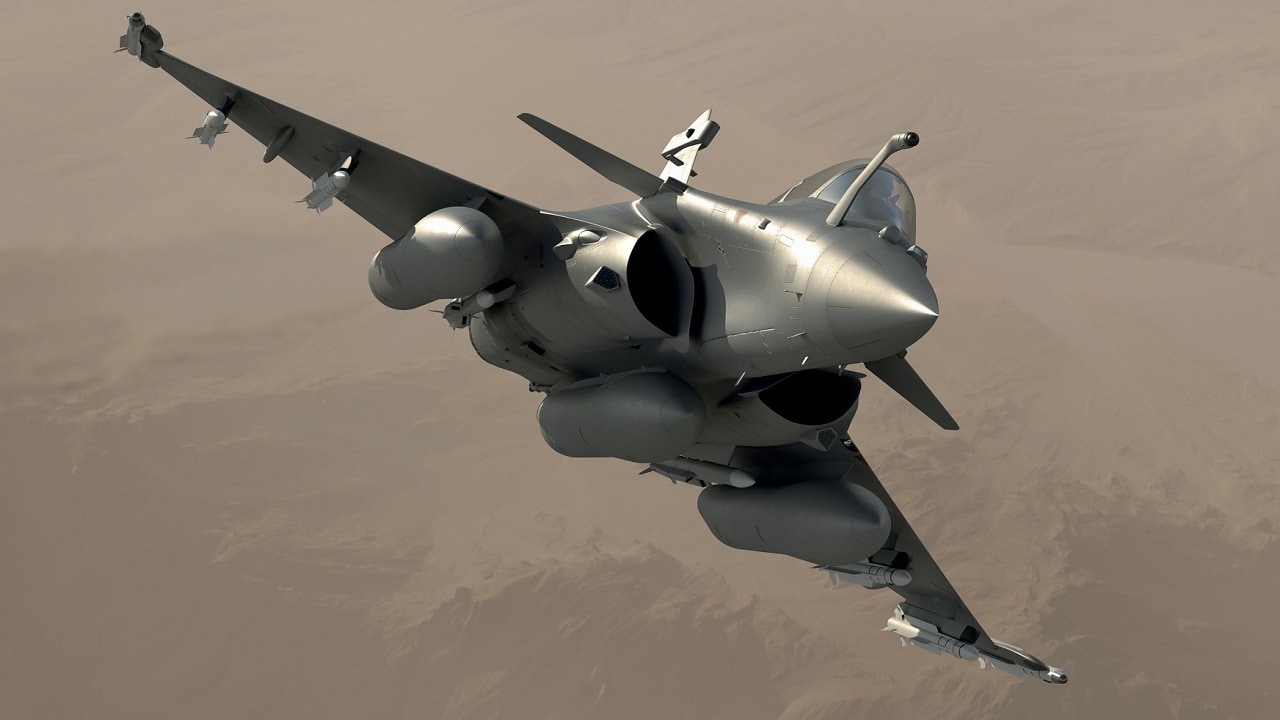
Dassault Rafale. Image Credit: Industry Handout.
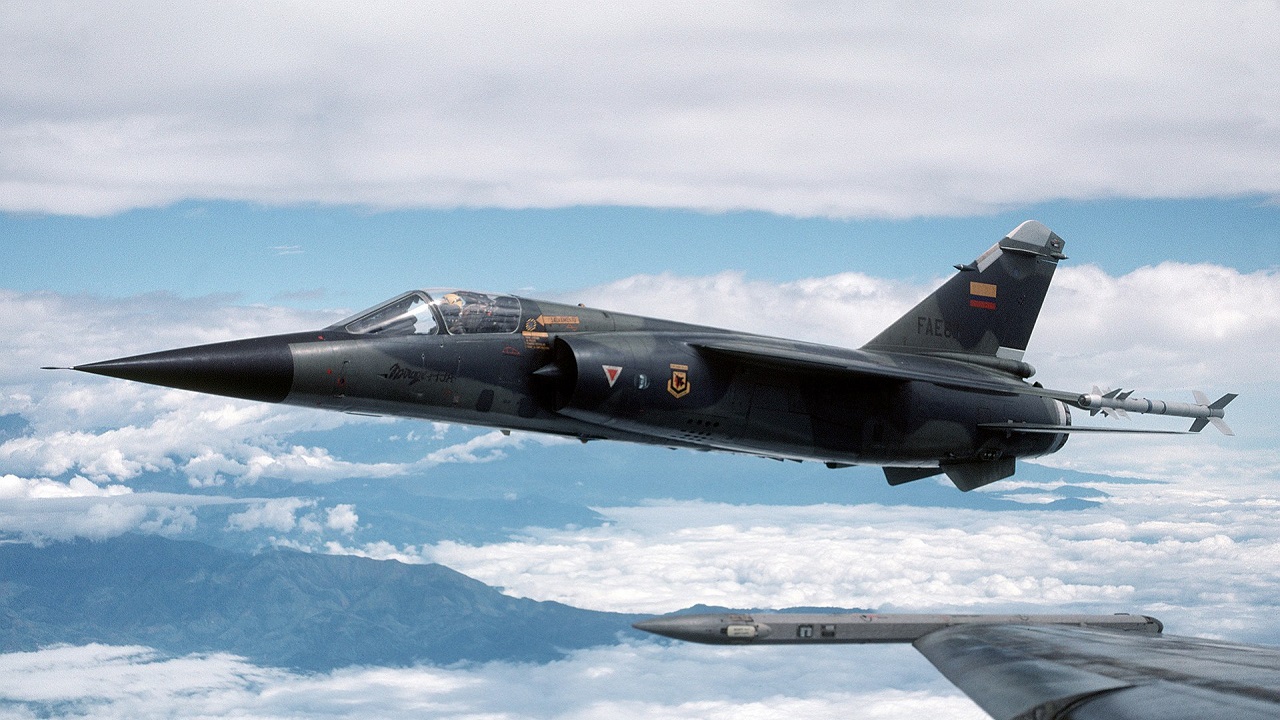
An Ecuadoran air force Dassault Mirage F1E aircraft flies beside another aircraft during the joint Ecuadoran/U.S. exercise “Blue Horizon ’86” on 9 September 1986. The Mirage is armed with an R-550 Magic 2 air-to-air missile on its port wing tip.
About the Author: Reuben F. Johnson
Reuben F. Johnson is a survivor of the February 2022 Russian invasion of Ukraine and is now an Expert on Foreign Military Affairs with the Fundacja im. Kazimierza Pułaskiego in Warsaw. He has been a consultant to the Pentagon, several NATO governments and the Australian government in the fields of defense technology and weapon systems design. Over the past 30 years he has resided in and reported from Russia, Ukraine, Poland, Brazil, the People’s Republic of China and Australia.

